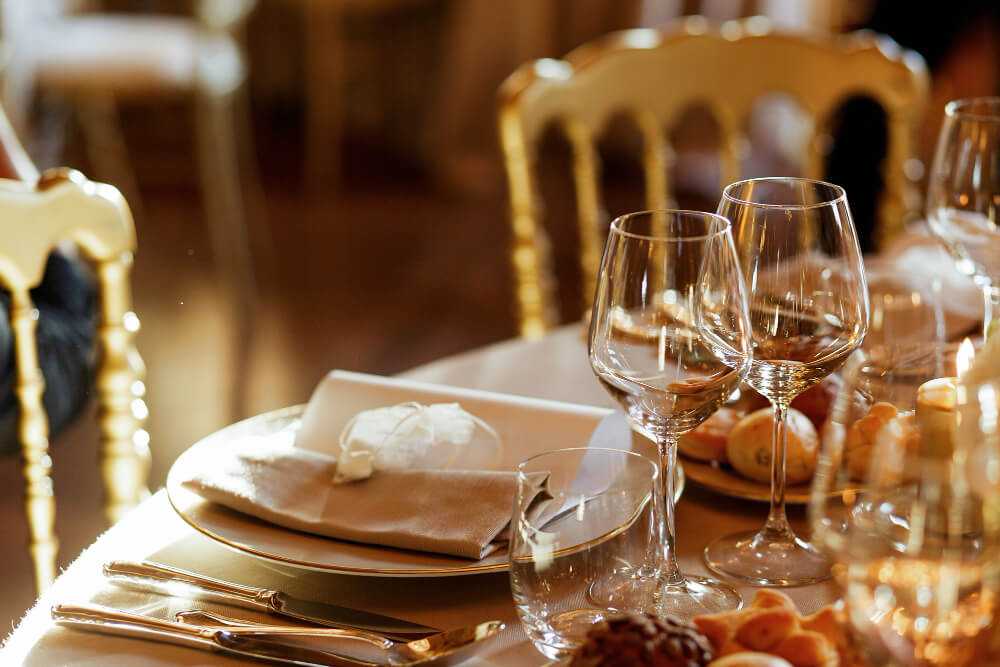In a world that often favors casual convenience, the grace of formal dining is a quiet yet powerful symbol of culture, refinement, and social intelligence.
Whether you are attending a fine dining event at an upscale restaurant, a diplomatic affair, or an elegant family celebration, understanding the dining etiquette of formal occasions elevates not only the experience but also the impression you leave behind.
The Importance of Learning Formal Dining Etiquette
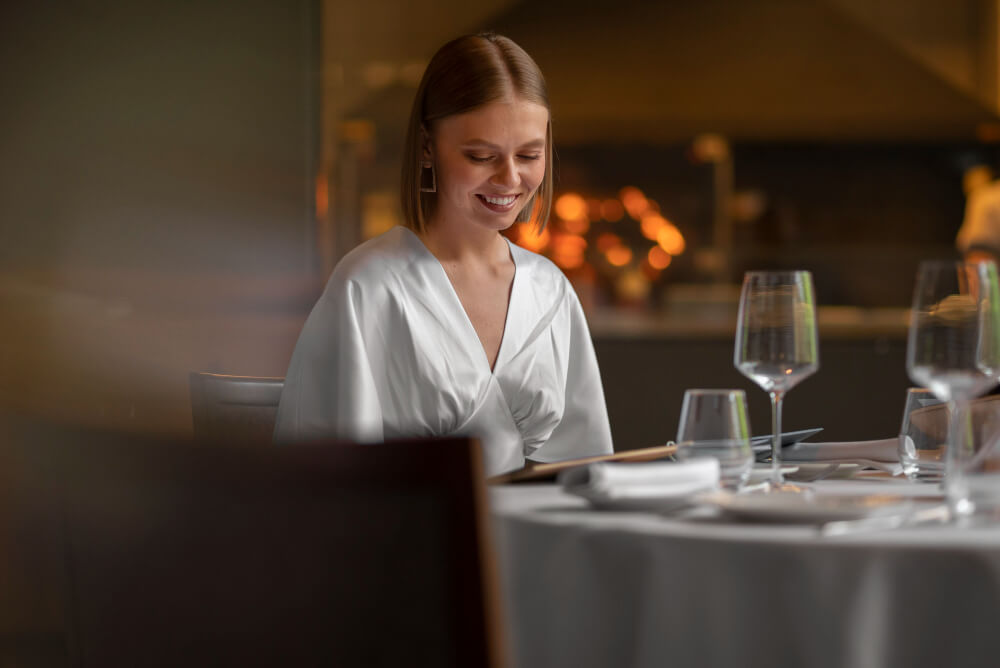
The importance of learning fine dining etiquette for a formal dinner and other occasions
Commitment to grace, respect, and self discipline
Fine dining etiquette is more than a superficial display of manners—it reflects a deeper commitment to grace, respect, and self-discipline. By learning and practicing dining etiquette rules, you demonstrate that you are capable of navigating elevated culinary experiences with confidence and care.
Signals emotional intelligence
It also signals emotional intelligence, showing attentiveness to other guests’ comfort and unspoken social expectations.
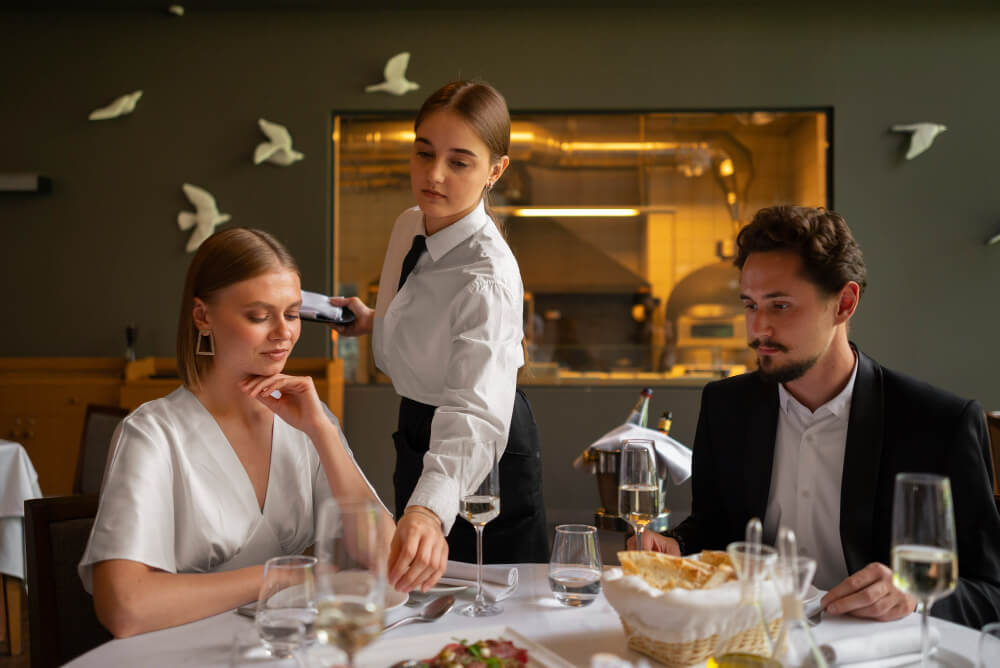
Table setting in fine dining establishments
Crucial in client-facing roles and leadership scenarios
For professionals, especially in settings like many fine dining restaurants, this awareness of proper etiquette can be crucial in client-facing roles or leadership scenarios, potentially influencing relationships and opportunities.
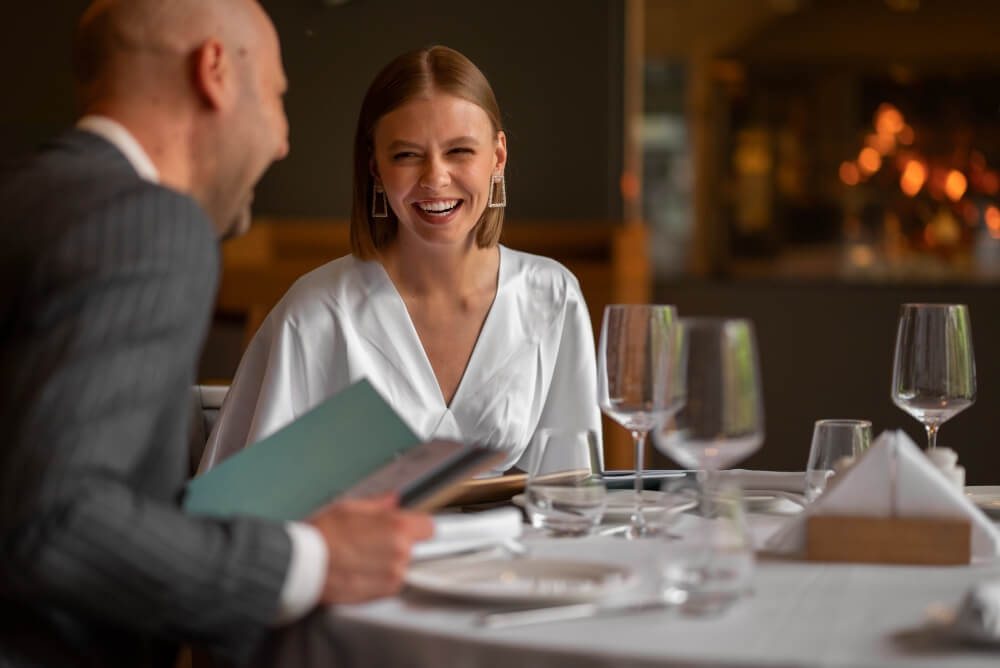
Following dress code is part of fine dining etiquette
Where This Etiquette Can Be Applied
Formal dining etiquette is not confined to exclusive affairs as its relevance spans various settings. From fine dining restaurants and special occasions like weddings to business casual luncheons and embassy banquets, the ability to conduct oneself with poise is essential.
In the Philippine context, this includes holiday celebrations and formal family gatherings. With most fine dining restaurants offering excellent service and expecting well-behaved patrons, knowing how to follow fine dining rules ensures that your presence enhances, not detracts from, the occasion.
Whether in a dining room set for a romantic partner or a corporate reception hall, the principles of etiquette hold steady.

Fine dining service
The Impact of Having Formal Etiquette
Possessing refined culinary skills is admirable, but it is your conduct throughout the entire meal that often leaves a more lasting impression.
Table setting awareness and polished manners
By displaying impeccable table setting awareness and polished manners, you contribute to the overall elegant ambiance of the gathering.
Proper etiquette helps guests feel at ease, fosters fluid conversation, and creates a respectful environment.
In fine settings where guests are expected to exhibit proper posture, use proper napkin etiquette, and follow the host’s lead, those who understand the nuances of etiquette naturally stand out—in the best possible way.
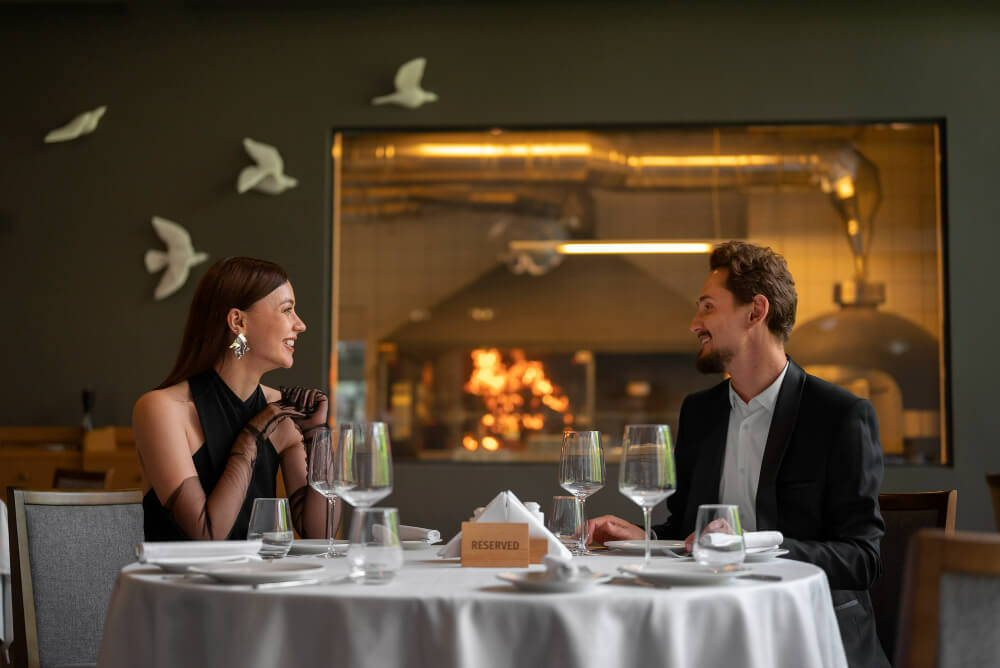
Fine dining etiquette in fine dining establishments
The Basics of Formal Dining
Formal dining begins the moment guests arrive and are led to dining tables that have been carefully prepared.
Dress appropriately as indicated in the invitation’s dress code
As you take your seat, remember to arrive early if you are the guest, and dress appropriately in line with the dress code, which might be a dark suit for men or an elegant dress for women.
Allow host to signal the beginning of the meal
Once seated, do not touch anything on the fine dining setting until the host’s lead signals the beginning of the meal—often by unfolding their napkin and placing it neatly on their lap.
Wait for the first course, often a salad course or hors d’oeuvres, to be served before handling your knife and fork.
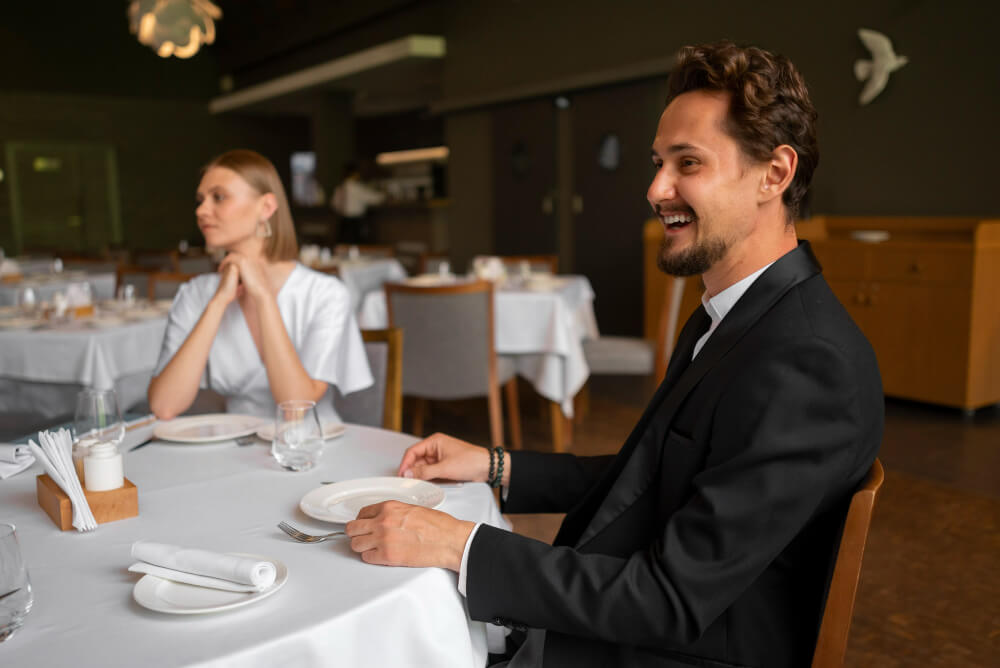
Waiting for bread service in a fine dining restaurant
Maintain proper posture and engage with guests near you
Maintain proper posture, keep cell phones off the table, and engage with those seated nearby through polite eye contact and warm conversation.
Savor each dish
The dining experience is not rushed; you are expected to enjoy each dish, from the next course to the main course, in a calm, composed manner.
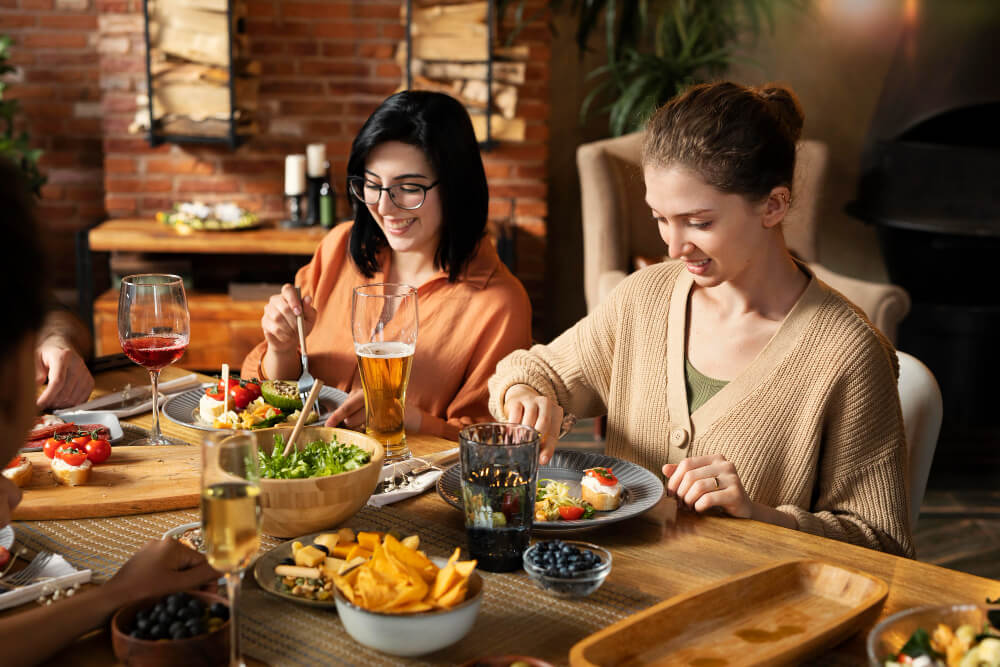
Understanding the Utensil and Plate Arrangement
A formal place setting follows a precise order and reflects the flow of a fine dining experience. At the center is the dinner plate, often sitting on a decorative charger.
Utensils are placed in the order of use: the salad fork and dinner fork to your left hand; the soup spoon, fish knife, and dinner knife to the right, all aligned precisely.
Above the plate, you will often see the dessert spoon and fork laid horizontally. The bread plate with its butter knife is on the upper left, while on the upper right you will find a carefully aligned array of glasses—the water glass first, followed by the white wine glass, red wine glass, and champagne flute, depending on the courses and wine selection.
During the meal, always work from the outside in. For example, use the outermost fork for the salad course, and progress inward as the next dish arrives.
When pausing, rest your utensils on the plate in a relaxed position. At the end of a course, place them parallel across the plate to indicate you are finished.
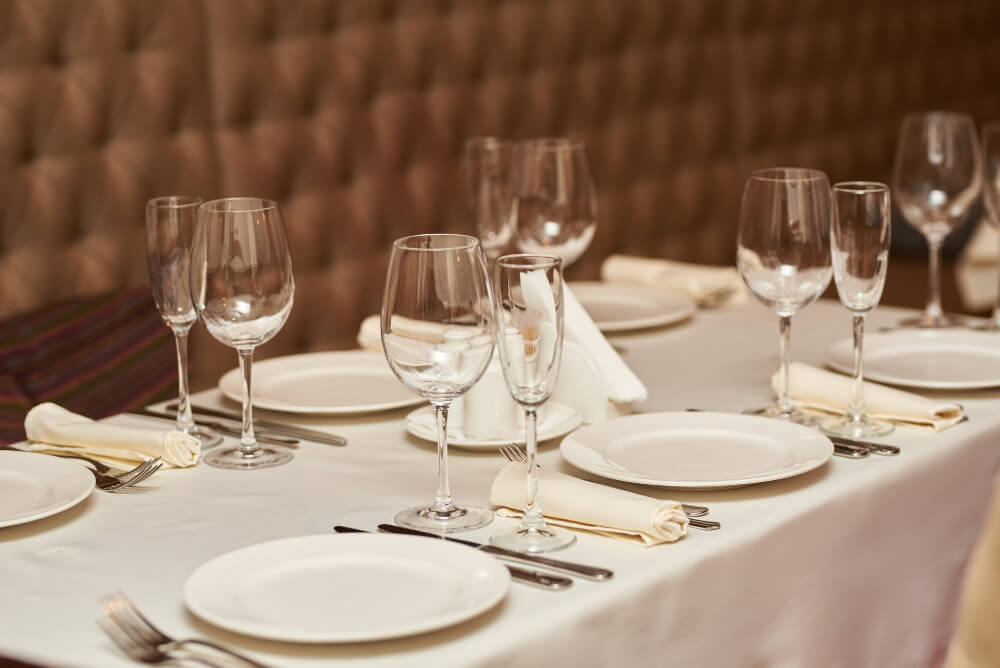
Proper Behavior: Dos and Don’ts of Formal Dining
Polished behavior is central to any fine dining establishment. Never place cell phones, handbags, or keys on the table.
Begin only at the cue of the host and when everyone is served
Do not begin eating before the host’s lead and refrain from touching your wine glass or bread before others are served. Practice napkin etiquette by unfolding your freshly laundered napkin neatly and keeping it on your lap throughout the meal.
Napkins on chair, not the table
If you must leave the table, place it on your chair, not the table. Refrain from stacking plates, even if the service staff is delayed—this is considered improper in settings where restaurant staff are trained to manage flow.
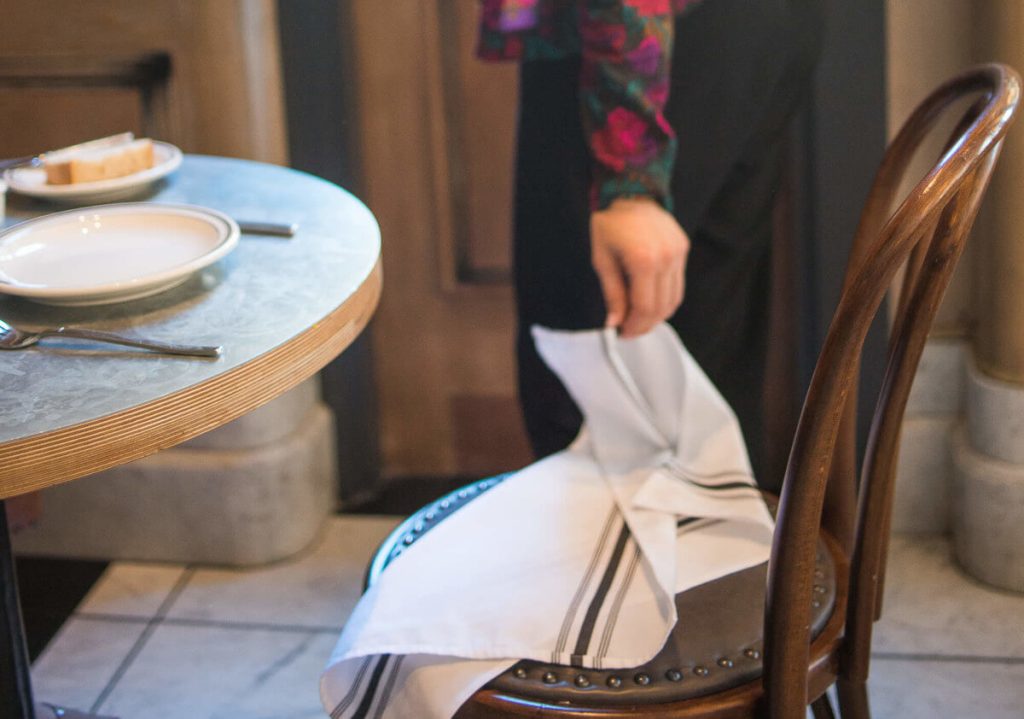
Image source: https://en.hedonia.cn/blog/the-expert-s-guide-to-napkin-etiquette
Alert a dining staff for replacement in case you drop a utensil
If you drop a utensil, discreetly alert a staff member rather than retrieving it yourself. Mind your volume, chew quietly, and avoid dominating the conversation.
These seemingly small habits contribute to an overall atmosphere of refinement and respect.
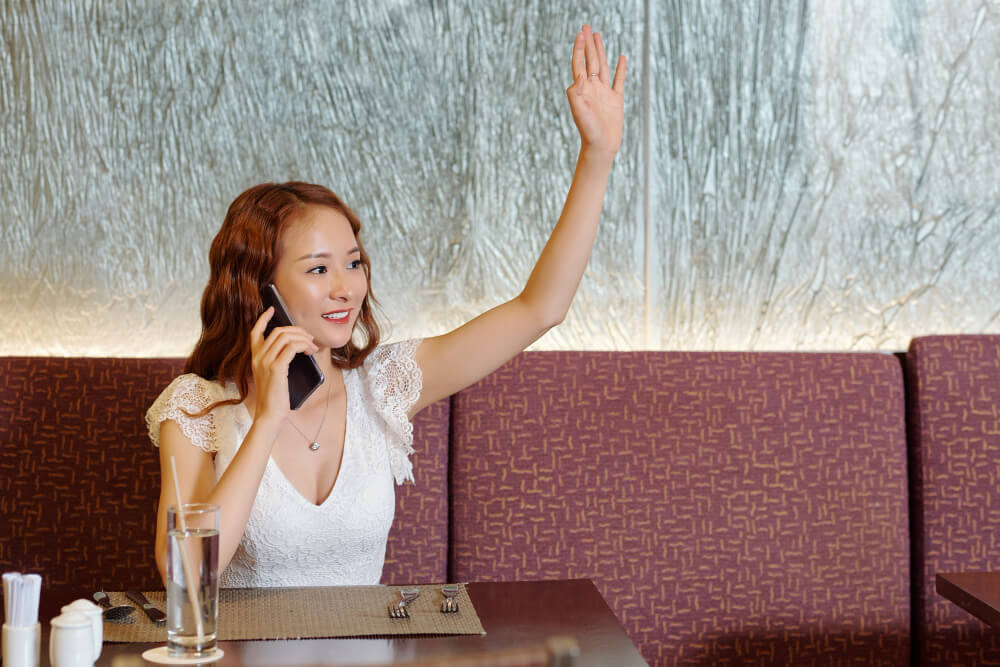
How to Be a Gracious Host
Hosting at a fine dining restaurant or in your own dining room demands thoughtful preparation. Begin by preparing dining tables with a focus on symmetry, balance, and functionality.
This includes ensuring every guest has the correct place setting, and that wine service is organized—perhaps including a selection of own wine options or pairing suggestions.
When guests arrive, greet them warmly, guide them to their seats, and ensure that any dietary restrictions are noted in advance with the chef or staff.
The host should be the one to initiate the meal and pace the courses to avoid rushing or dragging. Throughout the event, create an inclusive atmosphere by facilitating conversation and offering attentive hospitality.
End the evening with a thoughtful toast or kind farewell, reinforcing the experience as one of warmth and polish.

How to Be an Exemplary Guest
Being a good guest is about reciprocity and grace. Arrive on time, follow the dress code, and take cues from your host.
Show appreciation for the fine dining service, and treat restaurant staff or household staff with equal respect. Engage with other guests in balanced conversation—listen attentively, speak thoughtfully, and avoid disruptive behavior.
Be cautious not to critique the food, question the wine bottle choices, or overshadow the host’s lead.
After the meal, a message or token of thanks—perhaps a handwritten note or a small gift—can show your appreciation for being included.
Whether the meal was served family style or in formal courses, these gestures reflect a refined sensibility and respect for tradition.
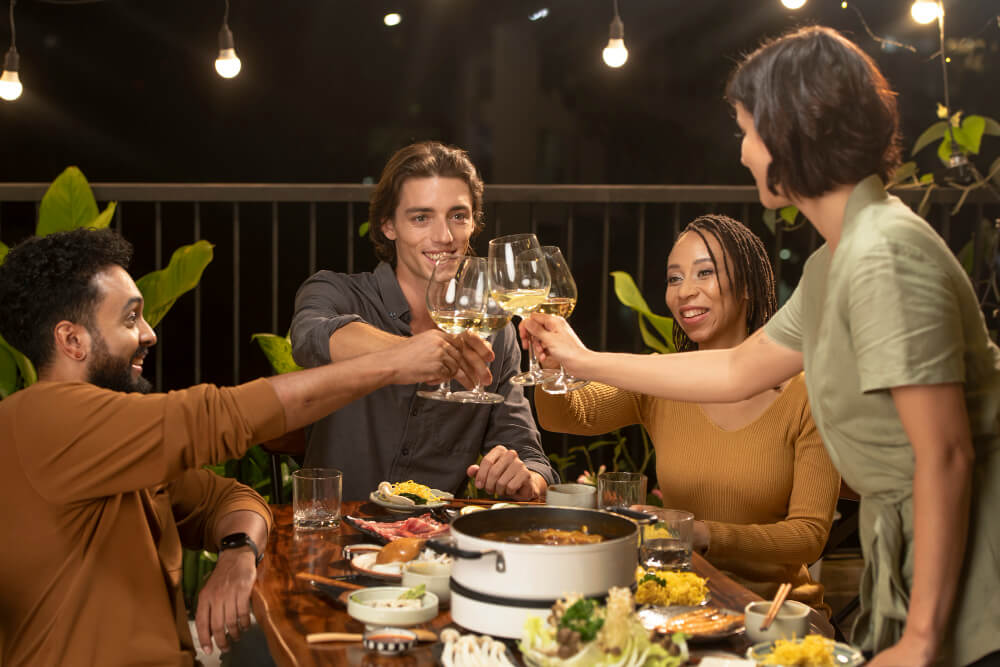
Embracing the Art of Elegant Dining
Ultimately, fine dining etiquette tips are about far more than using the right knife and fork or holding a wine glass correctly.
They are about respecting the entire meal, from the thoughtful setting of the bread plate to the last sip of wine, and honoring the effort behind creating an elegant ambiance.
Even seemingly minor utensils—like the oyster fork, reserved for delicacies such as shellfish—reflect the attention to detail and cultural richness that define the fine dining experience.
This comprehensive guide to formal dining etiquette serves as a key to unlocking new dining experiences, whether the guest places have you seated beside a romantic partner or attending a prestigious corporate affair.
In embracing the rituals of formal dining, you not only elevate your social and professional presence—you also partake in a tradition of global sophistication, one polished course at a time.


